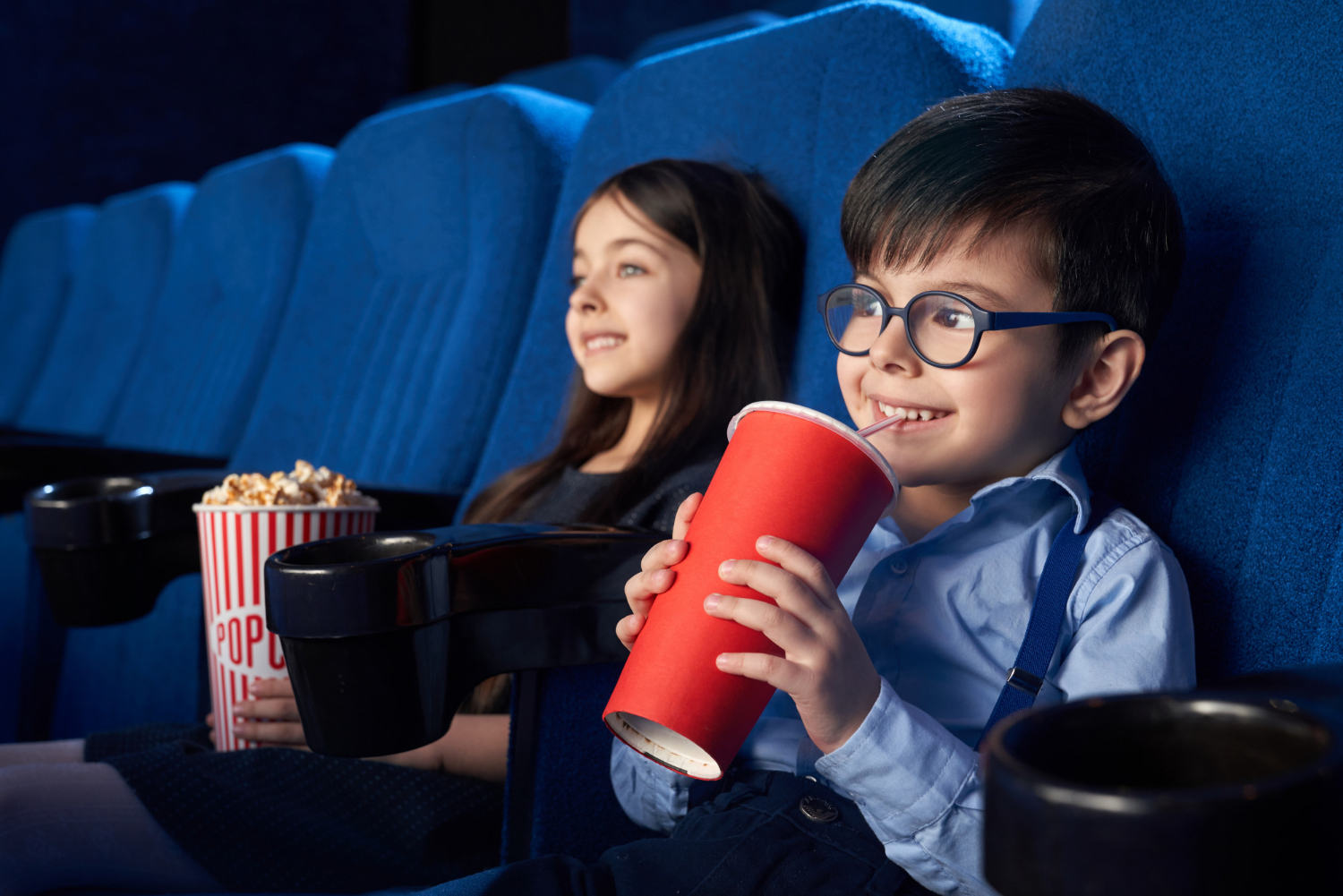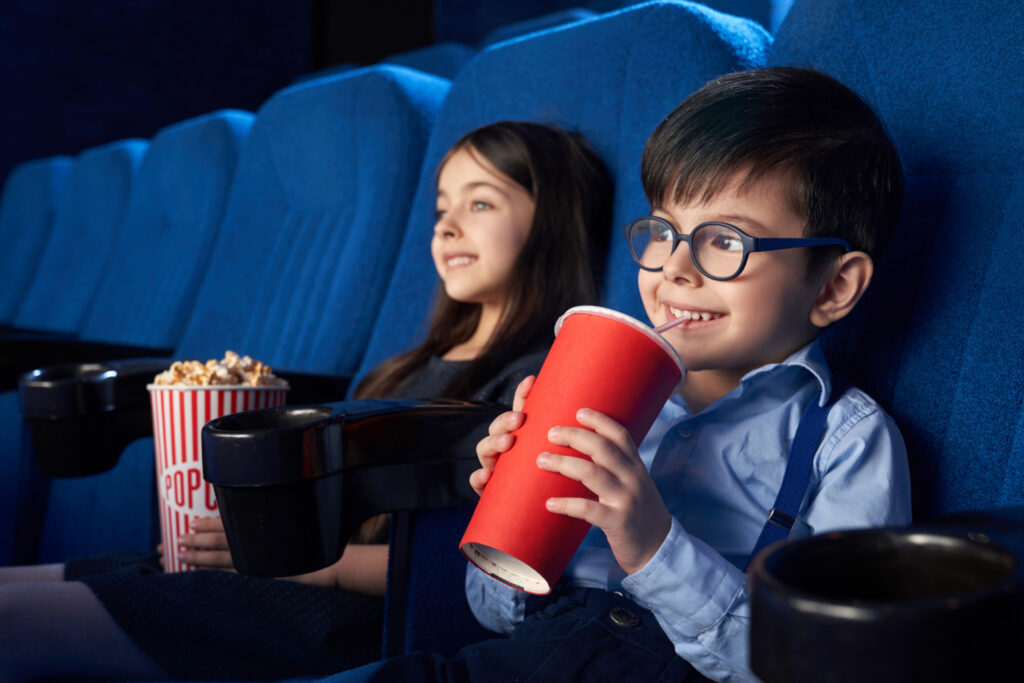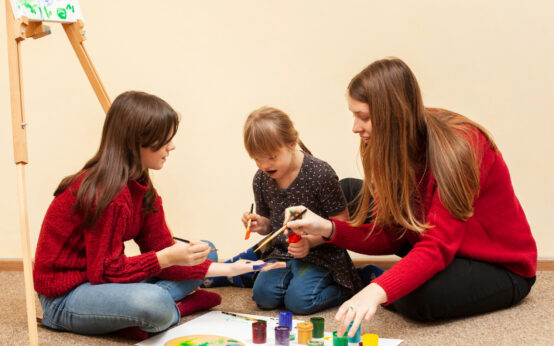Introduction
The concept of sensory-friendly movies emerged in 2007, spurred by a heartfelt incident involving Marianne Ross and her daughter Meaghan in Elkridge, Maryland. Meaghan’s excitement during a traditional movie screening led to discomfort for other patrons, prompting Marianne to advocate for inclusive movie experiences for children with autism. This advocacy led to collaborations with local theaters and eventually gained traction across the country, with major chains like AMC now offering sensory-friendly screenings regularly.
Understanding the Dynamics of Sensory-Friendly Movies
Sensory-friendly movies provide a unique viewing atmosphere by modifying lighting and sound to accommodate individuals with autism. Unlike conventional screenings, these events encourage attendees to express themselves freely, fostering an inclusive environment where autism-related behaviors are embraced and understood. By eliminating previews and allowing families to bring snacks, sensory-friendly screenings ensure a comfortable setting for all moviegoers.

Navigating Challenges Faced by Children with Autism at the Cinema
For children with autism, a trip to the movies can present various challenges, primarily due to sensory overload. The barrage of stimuli, including loud sounds and bright lights, can overwhelm their sensory systems, making the movie experience distressing or even frightening.
Practical Tips for a Successful Movie Outing
Attending a sensory-friendly movie screening is the first step toward an enjoyable outing for families with children on the autism spectrum. To enhance the experience, families can prepare a sensory travel kit customized to their child’s needs, including items like earplugs or fidget toys. Selecting movies based on emotional maturity and sensory sensitivities is crucial, as it can significantly impact the overall experience. Additionally, practicing at-home movie nights can help children acclimate to the cinema environment, reducing anxiety and enhancing their enjoyment.

Sensory-friendly movies create a sanctuary where every sight, sound, and emotion is crafted with care, inviting individuals of all abilities to experience the magic of cinema without barriers.
Emily Cleary
Emphasizing the Importance of Early Intervention
Early diagnosis and intervention play a pivotal role in supporting children with autism and their families. Research suggests that early intervention, such as Applied Behavior Analysis (ABA) therapy, can lead to significant improvements in various areas, including communication, social skills, and behavior management. By addressing sensory difficulties early on, families can mitigate challenges and promote positive long-term outcomes for their children.
The Role of Community Engagement and Support
In addition to professional intervention, community engagement and support are essential for families raising children with autism. Participating in inclusive activities like sensory-friendly movie screenings not only provides opportunities for socialization but also fosters a sense of belonging and acceptance within the community. By creating inclusive spaces and promoting awareness and understanding of autism, society can better support individuals on the spectrum and their families.

Highlighting Resources and Support Services
Numerous organizations and resources are available to support families raising children with autism. From local support groups to online forums and informational websites, families can access a wealth of information and support tailored to their needs. Additionally, specialized centers and clinics offer comprehensive services, including diagnostic evaluations, therapy, and educational programs, to support children with autism and their families throughout their journey.
Conclusion
Sensory-friendly movies represent a significant step toward creating inclusive and accessible experiences for individuals with autism and their families. By understanding and accommodating the unique needs of individuals on the autism spectrum, theaters and communities can create environments where everyone feels welcome and valued. Through early intervention, community support, and inclusive initiatives, we can work together to build a more inclusive society where all individuals, regardless of ability, can participate fully and enjoy meaningful experiences.
Source
- Lerman, D.C., & Vorndran, C.M. (2002). On the status of knowledge for using punishment: Implications for treating behavior disorders. Journal of Applied Behavior Analysis, 35(4), 431-464.
- Smith, T. (2001). Discrete trial training in the treatment of autism. Focus on Autism and Other Developmental Disabilities, 16(2), 86-92.
- Sallows, G.O., & Graupner, T.D. (2005). Intensive behavioral treatment for children with autism: Four-year outcome and predictors. American Journal on Mental Retardation, 110(6), 417-438.







